Shifting the Perspective
Literacy has commonly been defined as the ability to read and write. However, that definition has placed literacy beyond the scope of possibility for some children who have complex sensory, physical or developmental challenges. More recent work in the field of literacy has acknowledged the broader contexts in which literacy takes place and recognized literacy as a right for all individuals. This shift in perspective validates the role literacy plays in enhancing the quality of life for every learner. Literacy expands communication and understanding related to self-help, expressing an interest or participating more fully in the community. Regardless of age or ability, acquiring literacy skills is a question of "how" rather than "if" or "when."
Each of the children pictured to the right has combined vision and hearing loss. Some also have physical or cognitive challenges. They represent various stages of literacy development and remind us that children show different abilities at different ages. Despite the challenges of learning to "read" in the conventional sense, ALL have acquired literacy skills because of the expectation and opportunity to do so. Their families and teachers hold the assumptions listed below and have used them as the basis for designing appropriate literacy instruction.
- All children can learn and should be expected to do so.
- All children can become and are becoming literate.
- Literacy development is founded on experiences and concepts beginning very early in life.
- Literacy instruction must include a strong emphasis on communication and socialization.
- Literacy exists along a continuum from emergent literacy to independent literacy.
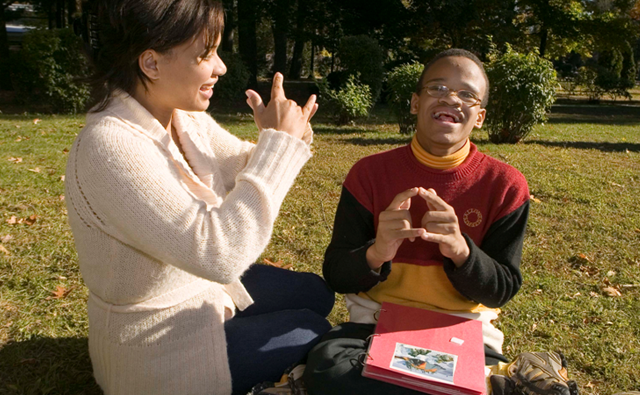
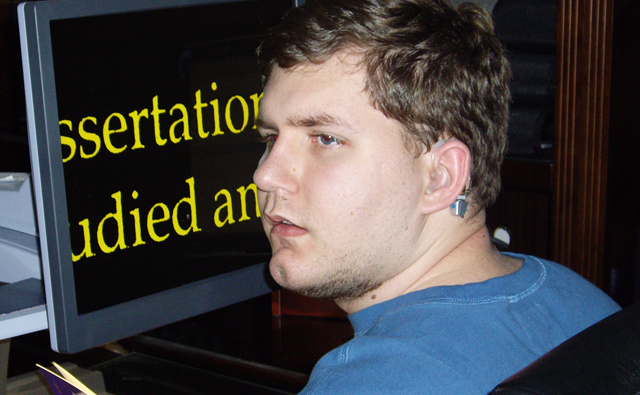
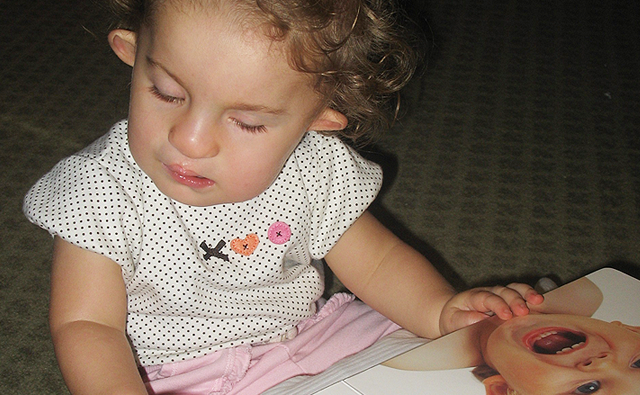
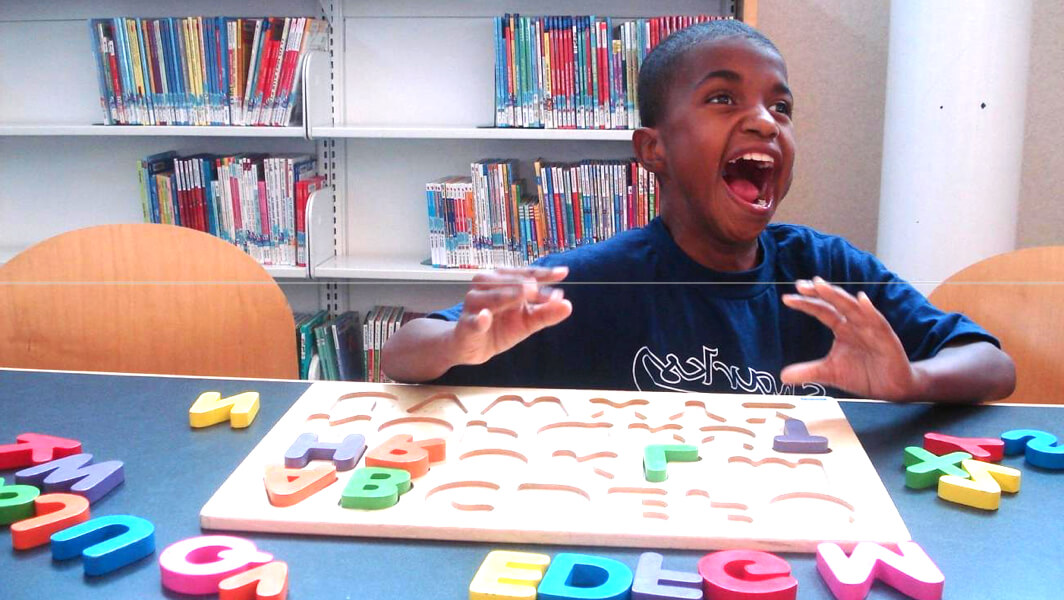
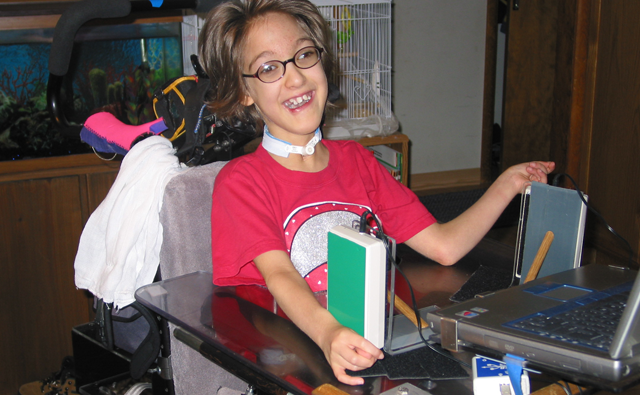
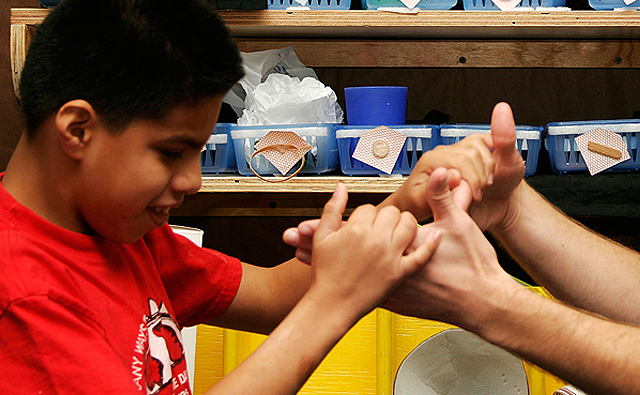
Literacy is an integrated process which develops gradually from birth and is built upon learning from broad experiences, linking language with the development of concepts, and providing exposure to the written word in a variety of meaningful contexts. (Wright, 1997)
